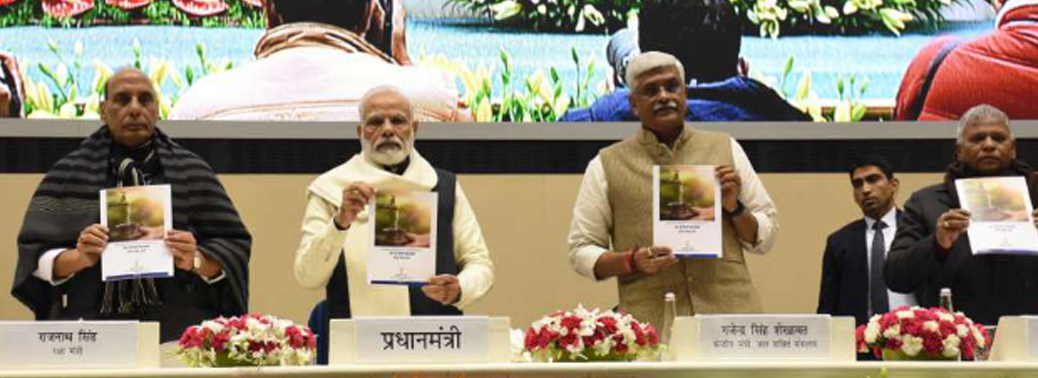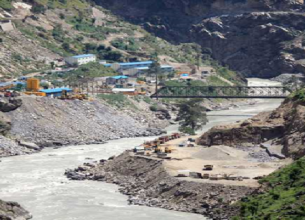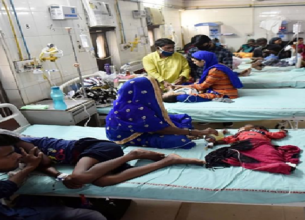ATAL BHUJAL YOJANA
27, Dec 2019

Prelims level : Schemes
Mains level : GS-II Government Policies and Interventions for development in various sectors and Issues Arising out of their design and Implementation
Why in News?
- Prime Minister Narendra Modi launched the Atal Bhujal Yojana to strengthen the institutional framework for participatory groundwater management and bringing about behavioural changes at the community level for sustainable Groundwater Resource Management in seven States.
Highlights:
- The scheme will be implemented in about 8,350 gram panchayats in 78 districts of Gujarat, Haryana, Karnataka, Madhya Pradesh, Maharashtra, Rajasthan and Uttar Pradesh.
- Of the total outlay of ₹6,000 crore to be provided from 2020-21 to 2024-25, 50% will be in the form of World Bank loan to be repaid by the Central government.
- The remaining part will be made available via Central assistance from regular budgetary support.
- The entire World Bank’s loan component and the Central assistance will be passed on to the States as grants.
- The Prime Minister said the scheme, or the guidelines related to the Jal Jeevan Mission, were big steps in proving the resolve to deliver water to every household in the country by 2024.
- He said the country had to prepare itself for dealing with every situation of water crisis, for which the government had been working at five levels.
- Modi said a comprehensive and holistic approach had been adopted with the setting up of the Jal Shakti Ministry, which this monsoon made extensive efforts for water conservation.
- The Jal Jeevan Mission would work towards delivering piped water supply to every house and Atal Bhujal scheme would pay special attention to those areas where the groundwater was very low.
- To incentivise gram panchayats, the Prime Minister said those with better performance would be given more allocation under the scheme.
- He said both the Central and State governments would spend ₹3.5 lakh crore on water-related schemes in the next five years.
Background:
- Over-exploitation of groundwater resources in India has been of great concern due to its impact on water availability and as well as on the environment.
- A recent report of NITI Aayog on groundwater level says 21 Indian cities including Delhi, Bengaluru, Chennai, and Hyderabad – will run out of groundwater by 2020.
- It also says that 40 percent of India’s population will have no access to drinking water by 2030.
- So in order to promote conservation of groundwater resources and their sustainable usage, the government has been working on various strategies.








